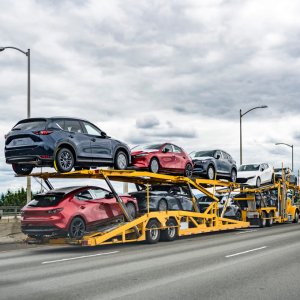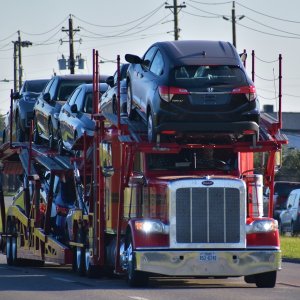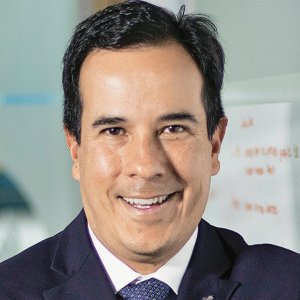Local Production Counters Negative Currency Effects

STORY INLINE POST
Volatile exchange rates can have a negative impact on importing companies but local production can be a stabilizing factor, according to Hideki Ono, President and Director General of Pioneer Electronics de México.
“Our mission is to make our products more affordable,” he says. “Local production can help us do that.” As an aftermarket supplier of infotainment units, Pioneer faced a challenging transition since the second half of 2016. As US President Donald Trump’s campaign against Mexico’s automotive manufacturing operations gained strength, the peso weakened beyond what the company could withstand.
The situation worsened for Pioneer after the liberalization of gas prices at the beginning of 2017. Not only was purchasing power diminished for vehicle owners, popular discontent led to unrest that affected several businesses, including major retailers that sell Pioneer products. According to a statement issued by Walmart to the Mexican Stock Exchange, 27 stores were closed in January 2017 as a preventive measure against looting from protesters. The company also reported an impact of approximately 150- 200 base points on its revenue, resulting in growth of only 6.2 percent compared to 2016.
“Too many negative factors piled up at the same time and we faced a grim first quarter in 2017,” says Ono. In response, Ono was forced to adjust prices across the company’s entire portfolio, raising them by 20 percent in what he believes will be a temporary measure. Two factors are behind Ono’s optimism: the peso is already gaining ground against the dollar, hovering around MX$18 after reaching a peak of MX$21.9 on Jan. 19, 2017; and Pioneer’s new manufacturing plant in Lagos de Moreno, Jalisco will cut production and logistics expenses. Headquartered in Japan, the company has shipped most of its products from abroad to supply its retailer clients both in Mexico and the US, a process that took approximately one month.
Pioneer’s new plant was inaugurated in January 2017. By March, the company had begun testing production for the aftermarket and in May it started to deliver its first orders. “After these necessary price increases it is time to make our products cheaper, especially in our most basic categories,” says Ono. “The aftermarket presents an excellent opportunity in Mexico.”
Although initial operations were oriented to the aftermarket, Pioneer’s plant in Lagos de Moreno will also supply original equipment starting in 2018. Ono’s expectations are for this new site to reinforce its clients’ supply chain. “Once we consolidate our operations and grow our sales in our most basic product lines, we will bring production of new multimedia solutions compatible with Android Auto, CarPlay and Waze,” he says. Pioneer also wants to take advantage of the country’s free-trade agreements with Colombia, Peru and Argentina, among others. In the meantime, Ono says the company is already exporting speakers for the US aftermarket.
According to Ono, Pioneer made the decision to invest in Mexico prior to Trump’s election victory. “This left us a bit uncertain about the future of our investment and the potential obstacles we could face exporting to the US aftermarket,” he says. However, the company has had time to analyze the potential threats to its operations and thanks to the optimistic perspectives of both analysts and government officials, Ono says their forecast is much more positive now than at the beginning of the year. “Negotiations will not be so dramatic. NAFTA will be revised and the treaty will include new addendums to focus on things like e-commerce that did not exist before,” he says. “If negotiations go wrong, it will not only be bad for Mexico but also for the US.” This view is shared by most industry experts including Eduardo Solís, Executive President of AMIA and Guillermo Rosales, Director General of AMDA as portrayed in their interviews in Mexico Automotive Review 2017.
The goal for Ono right now is to maintain steady growth and to concentrate on making its products more affordable. “Our projections are not that aggressive,” he says. “We have already seen recovery in our sales in 2Q17 but we still have inventory left from the first months of 2017. Our target for the end of the year is to reach single-digit growth.”






















